John Leighton or Jon Lee?
Those were two of the professional names suggested to comedian John Leguizamo when he first got into show business. He said no to both, and to a number of others. While promoting his new HBO special "Ghetto Klown" this week, Leguizamo revealed to Fusion's Jorge Ramos what other types of things he was told to do when he first started acting in order to hide his Latin roots.
Leguizamo, 49, appeared on "AMERICA with Jorge Ramos" on Tuesday and spoke about what it was like to enter the industry in the 1980s.
"When I started out acting, I was about age 18, 19. We weren't the flavor at the time, us Latin people," Leguizamo told Ramos. "My agents and casting people would tell me to change my name to Jon Lee, John Leighton, something with an L. And they told me not to go out in the sun, and tell people I was Italian. Not to get too dark so I could tell people I was half-French, half-Irish."
At the time, Leguizamo, who was born in Colombia and raised in New York City, brushed off the suggestions. When Ramos noted that Latinos' popularity is now on the rise, the comedian was quick to point out there's still work to be done.
"Now we're the flavor again. This is the fifth time," Leguizamo joked. "This time, we're 20 percent of the population, over a trillion dollars of buying power, but only 3.8 percent of the media."
The actor and comedian first appeared in the 1984 action movie "Mixed Blood" and gradually began building a career in film and TV. In 1998, Leguizamo won an Emmy for Outstanding Performance in a Variety or Music Program for Spike Lee's "Freak."
The actor has written and performed five one-man shows, and "Ghetto Klown" is his third autobiographical work. The show was highly praised when it first opened on Broadway in 2011. It premiered Saturday as a 90-minute special for HBO.
Leguizamo said that when he first finished writing "Ghetto Klown," he feared he was revealing too much about his life. Yet in a recent interview with The Miami Herald, the actor explained why he felt the need to write and perform his life's story.
"I tell my stories because I always felt so invisible," the actor told the Herald. "When I was growing up, there weren't a lot of Latin people in the media, in the sports. I only saw it from the news, which is not where I wanted to see it. I felt kind of like we didn't exist in a way. I always had this great desire to craft a story to show our point of view -- and my own point of view."
Check out Leguizamo's interview with Ramos above, and a trailer for "Ghetto Klown" below.
Before You Go
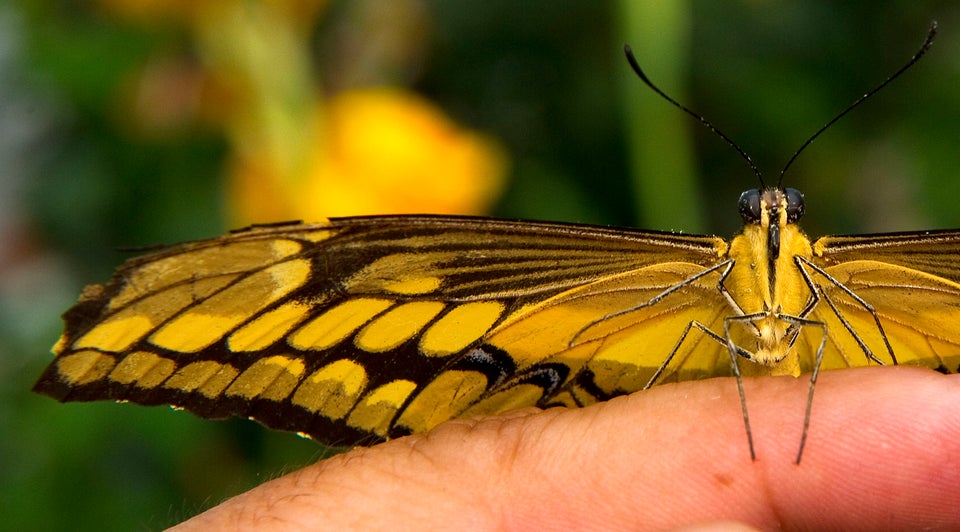
To put all of this in perspective, 68.7% of Colombia's surface is covered by natural ecosystems.

Many of the country's afro communities reside along Colombia's coasts, near port cities that use to be hubs for slave trading in the Americas.
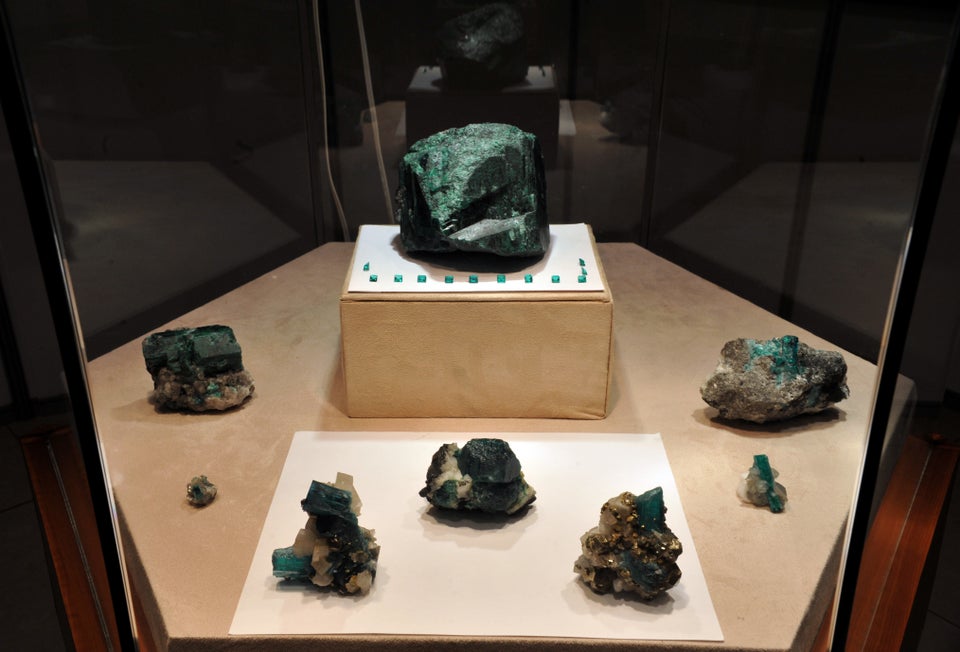
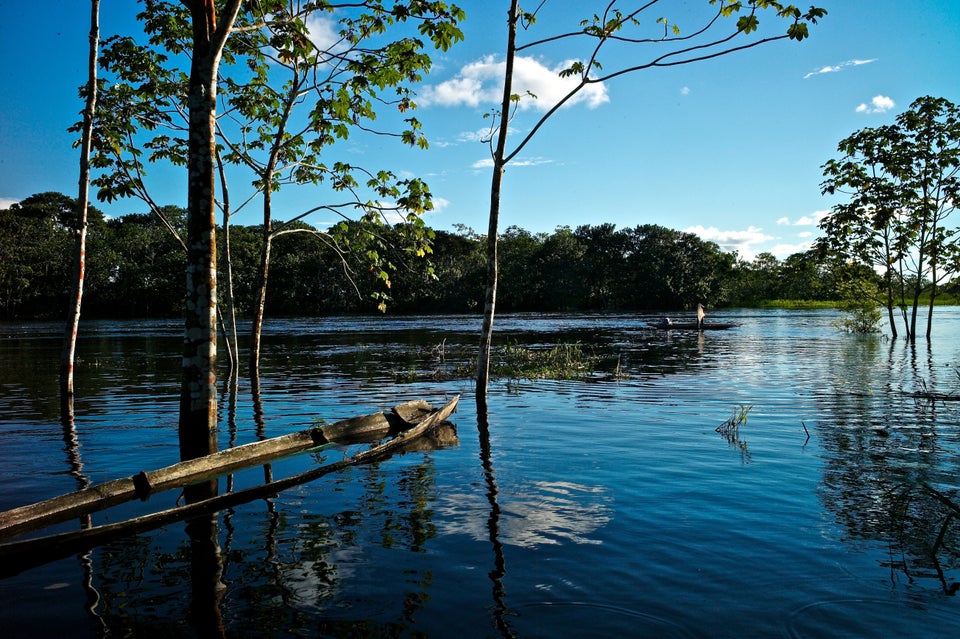
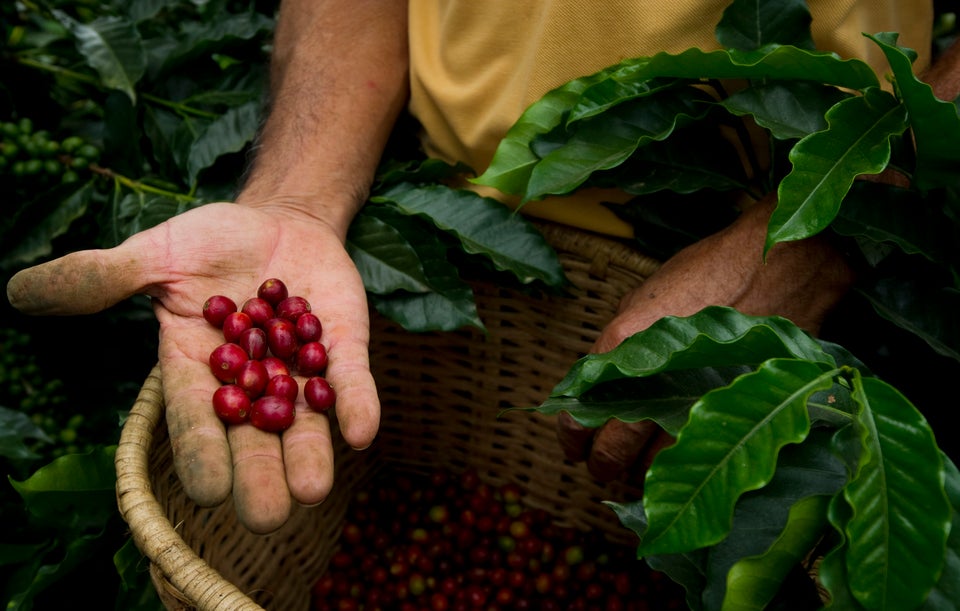
Fun Fact: The figure of Juan Valdez that represents the National Federation of Coffee Growers of Colombia is not based off a real person. The fictional poncho-wearing character widely referenced abroad (remember that scene from “Bruce Almighty”?) is simply used to represent Colombian coffee farmers.

In 2007, Víctor García de la Concha, the director of la Real Academia de la Lengua Español, the official royal institution overseeing the Spanish language praised the country's Spanish while speaking to Caracol Radio.
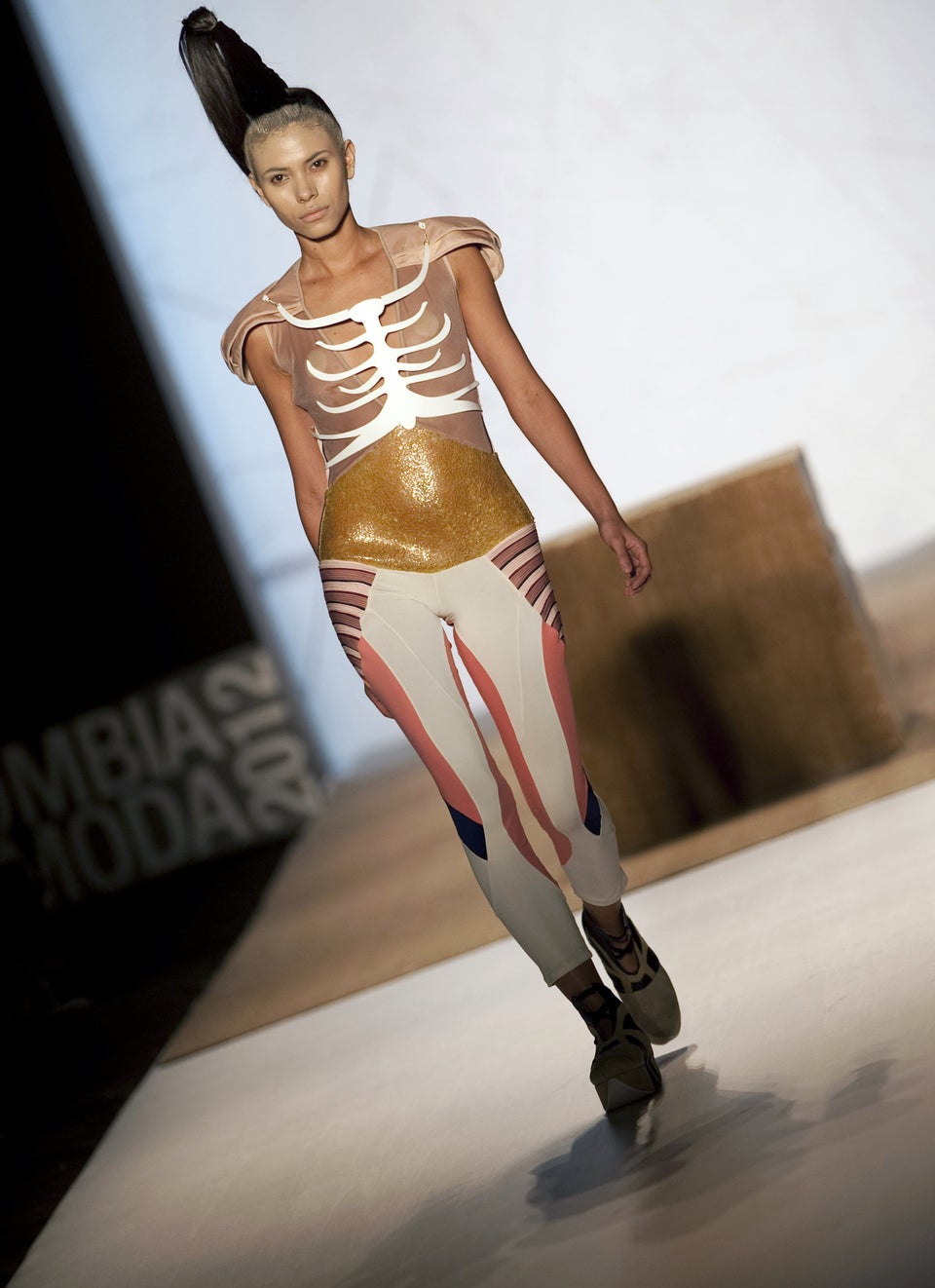
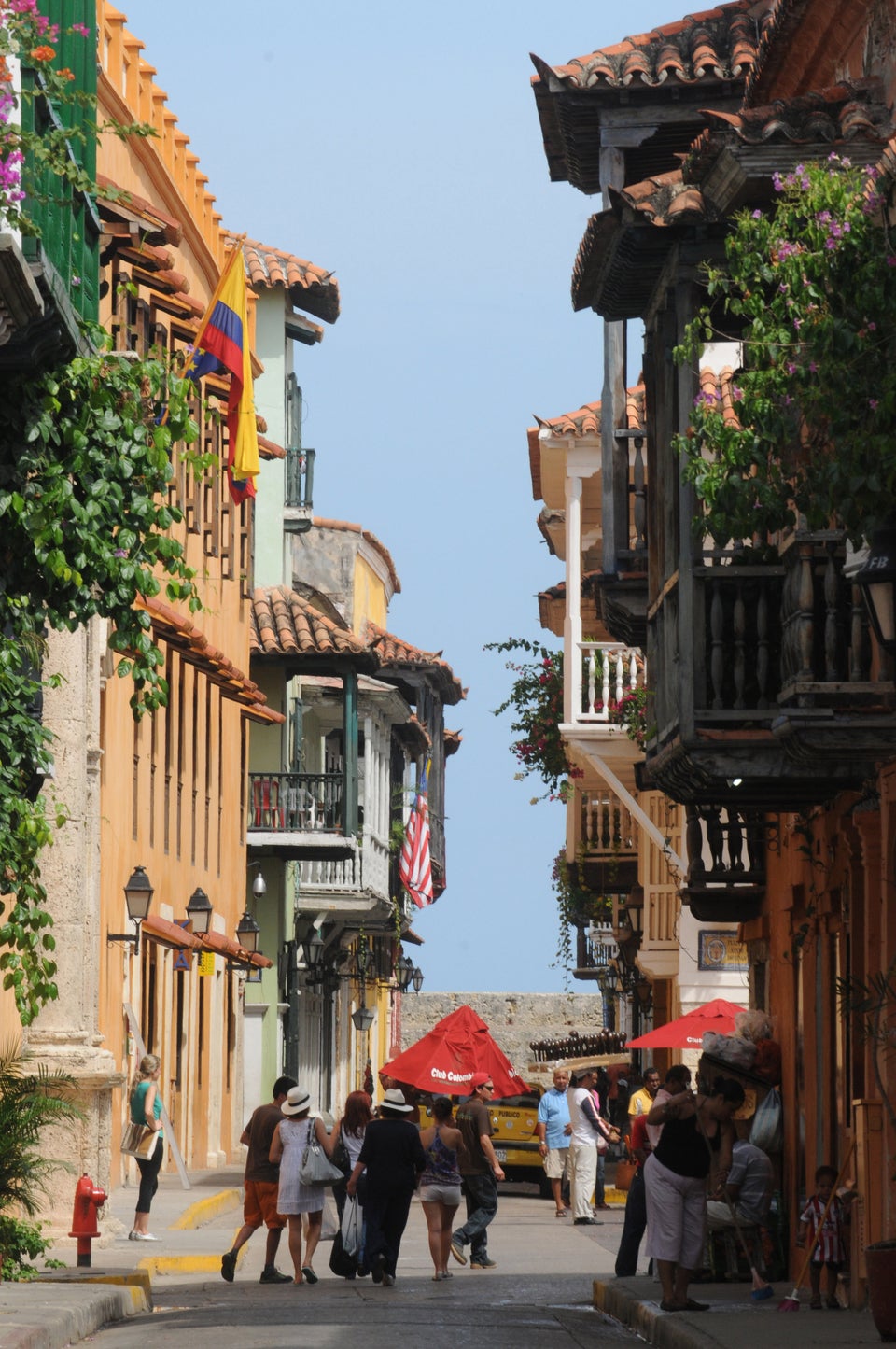
Most Colombians take advantage of the long weekends, also known as “puentes festivos,” to travel within the country with friends and family.
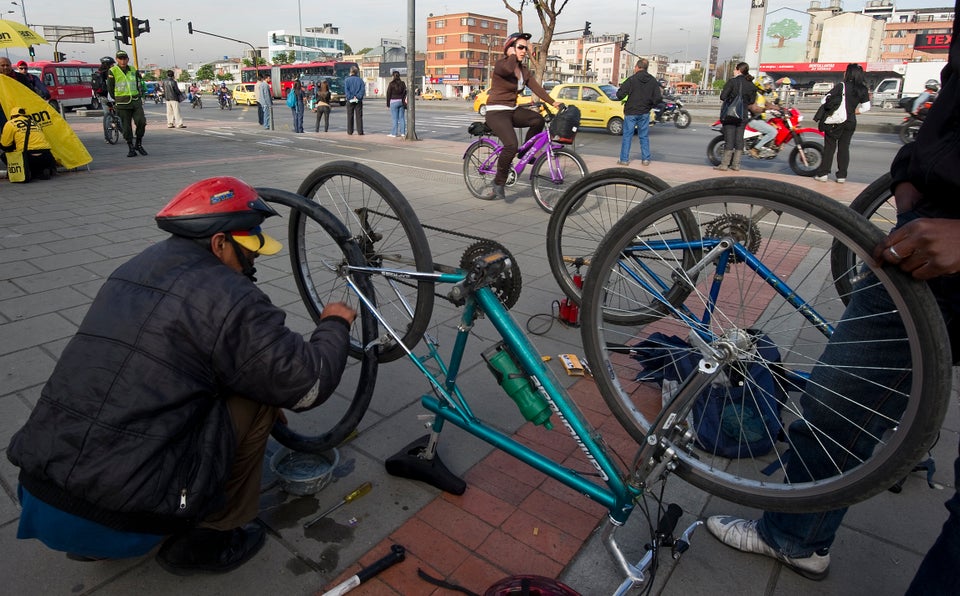
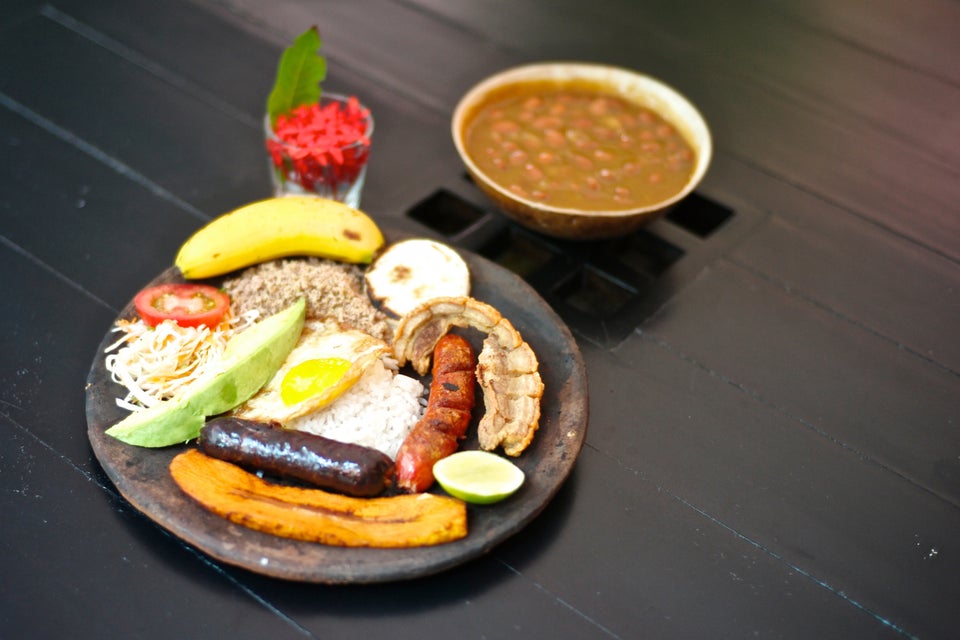
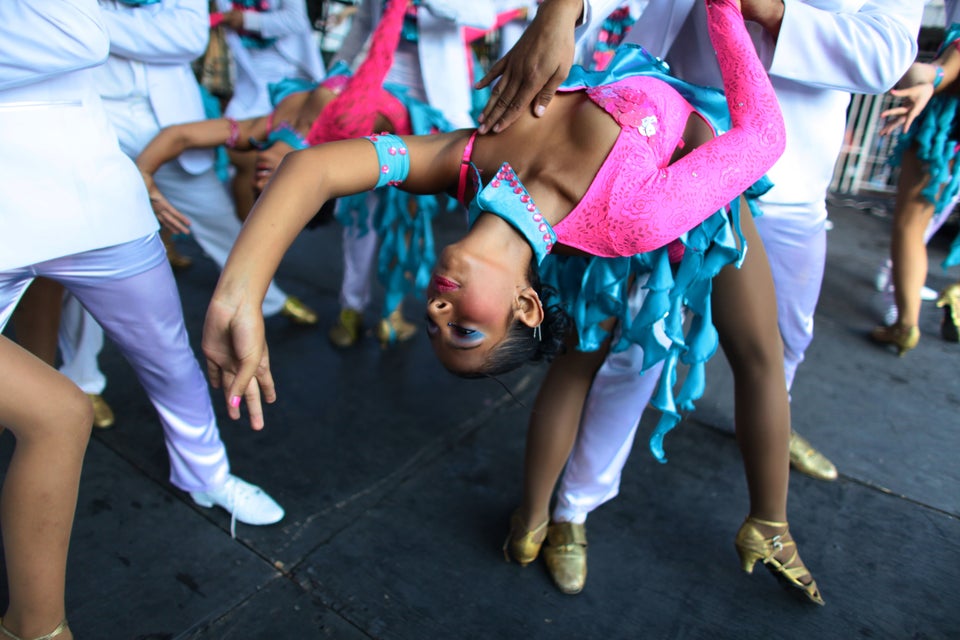
Colombia’s third most populous city, Cali, is sometimes called La Capital de la Salsa (World’s Salsa Capital). With significant differences from other styles of salsa, “Salsa Caleña” is known for its quick footwork with a mostly still upperbody. But Colombians do more than dance Salsa, the country is most well known for both its Cumbia and Vallenato genres.
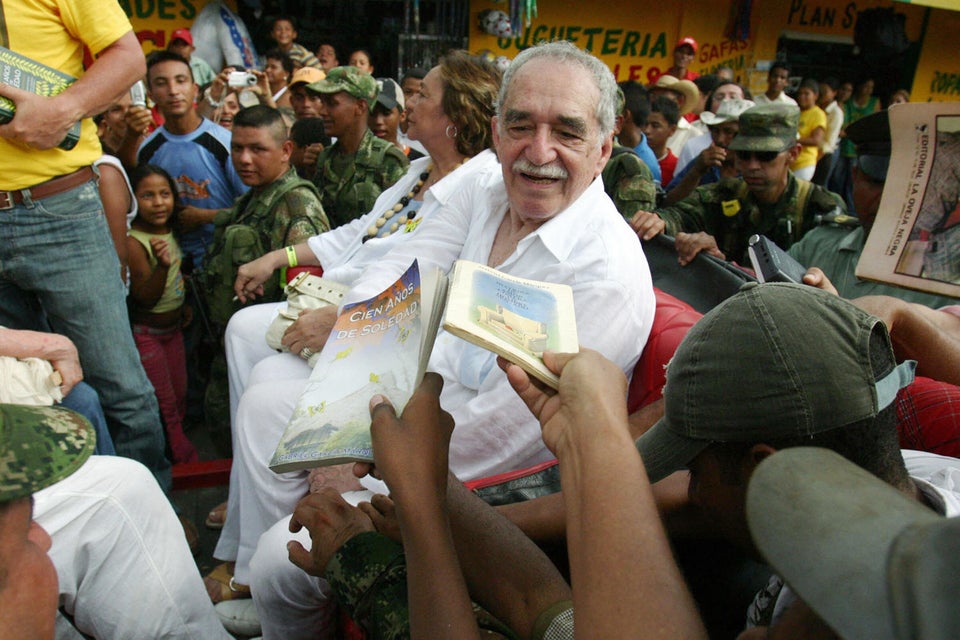
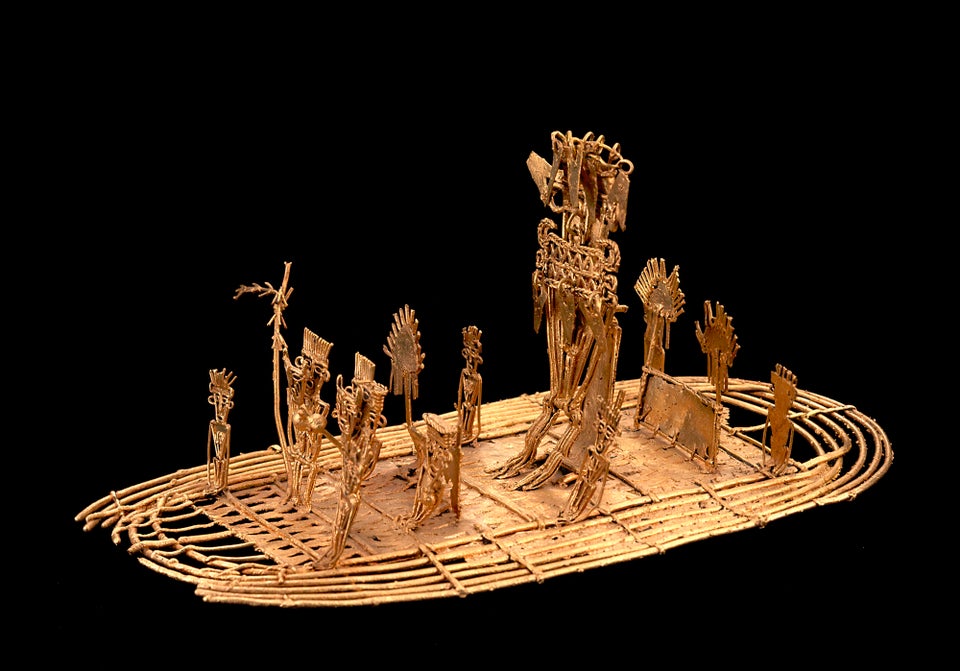
Bogotá’s International Airport “El Dorado” was named after the ceremony, and gold artifacts, like the Muisca Raft, can be found in the capital city’s Museo del Oro (Gold Museum).
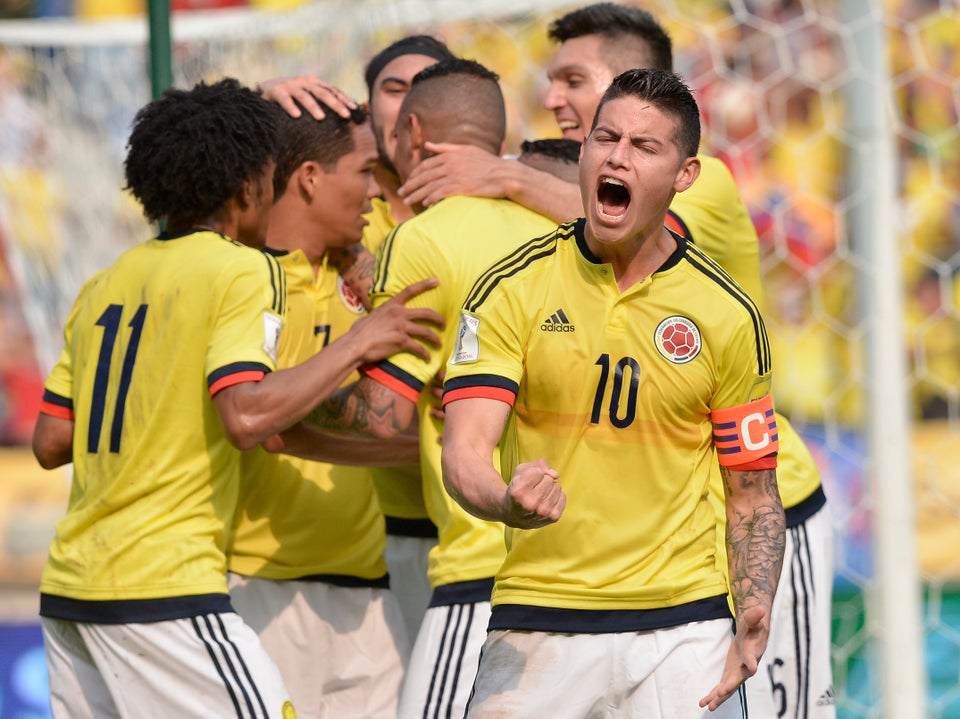
James Rodriguez and los Cafeteros showed the world their growing power and dance moves at the 2014 World Cup in Brazil. Rodriguez took home the Golden Boot for most goals scored in the tournament and also won Best Goal of the Tournament.

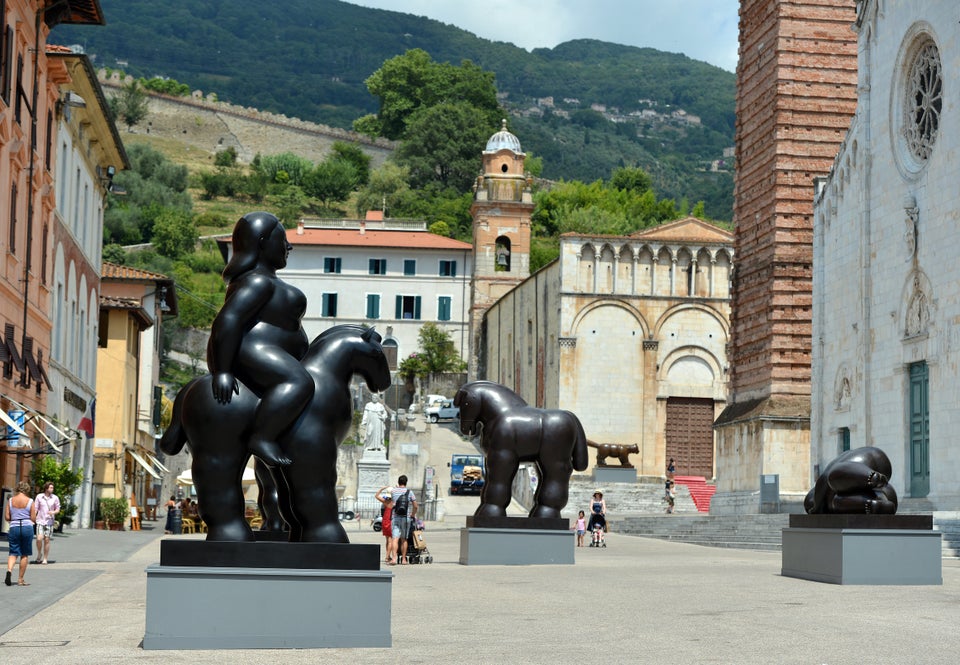
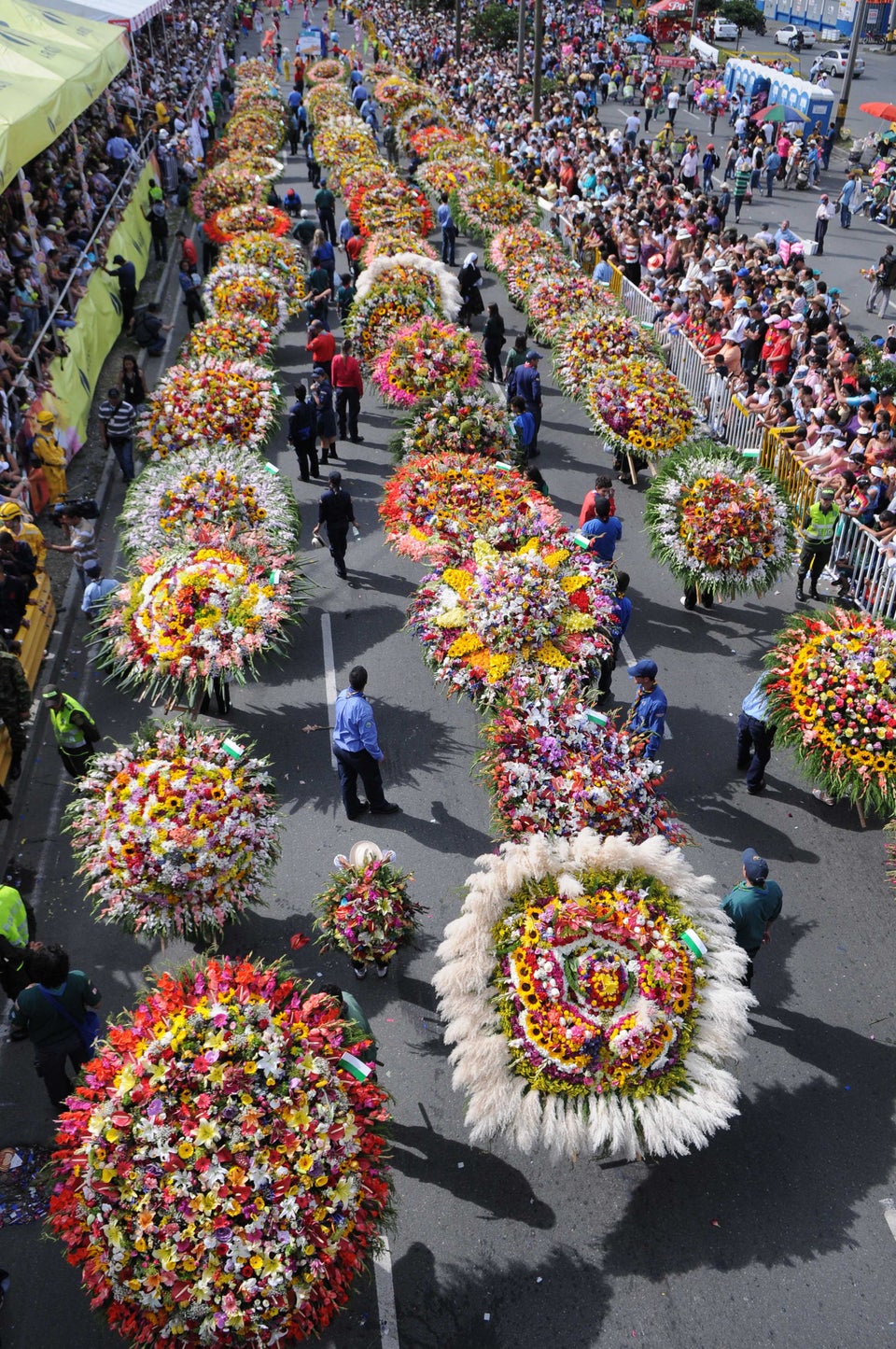

Colombia's economy has been growing over the years and despite some setbacks, the country currently has one of Latin America's most stable economies.
